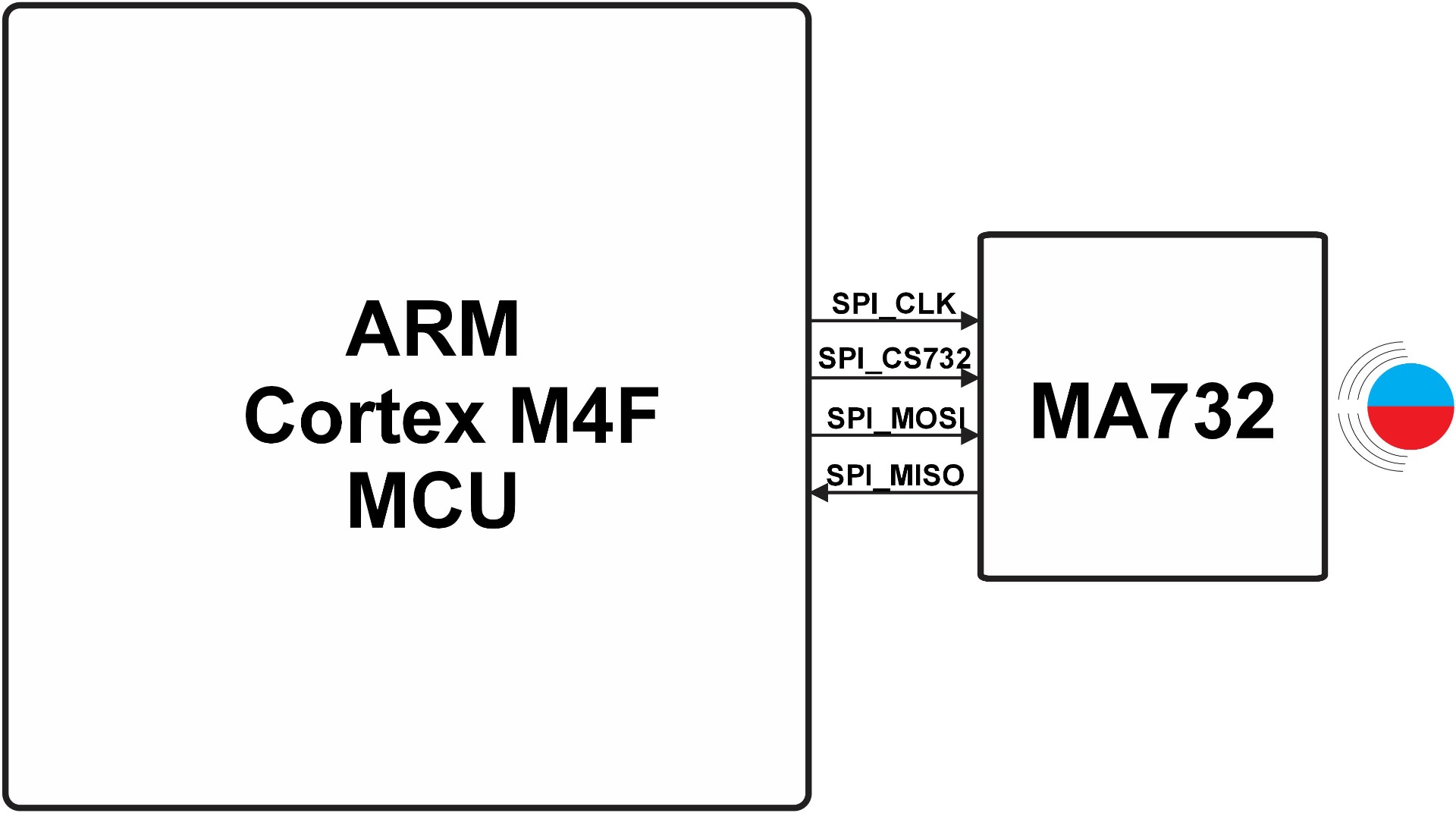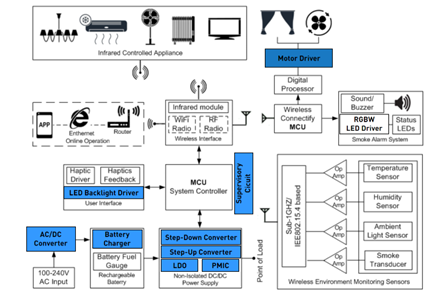Technological Advancements and Future Trends
The constant quest for energy efficiency, innovation in materials and production techniques, and the incorporation of smart technologies are poised to bring about a profound shift in the field of AC motor technology. These developments are ushering in a new era of AC motor use and design, one that promises to improve performance and sustainability across a wide range of industries.
Advances in Energy-Efficient AC Motor Designs
Driven by regulatory constraints, the economic advantages of lower energy consumption, and environmental concerns, energy efficiency has emerged as the cornerstone of AC motor development. The goal of innovations in motor design is to minimize losses, including bearing losses, stray load losses, and losses in the stator and rotor. The motor uses methods like better winding arrangements, premium electrical steel, and magnetic circuit optimization to increase efficiency.
Efficiency advances are also being facilitated by the development of improved magnetic materials, such as high-flux density rare-earth magnets, which are traditionally associated with DC motors but are now being used in AC motors. These materials are particularly useful in applications with limited space because they help the motor remain large and heavy while retaining high torque levels.
Variable frequency drives (VFDs) are increasingly used as standard parts in AC motor systems because they provide accurate control over motor speed and torque while maximizing energy efficiency. The integration of VFDs with smart sensors and control algorithms enables real-time monitoring and control of motor performance. This improves energy efficiency and reduces motor wear and tear.
Potential Future Developments and Trends
Consumer preferences and larger technological changes are also shaping the future of AC motors.
Integration with IoT and Industry 4.0: An increasing trend is the integration of Industry 4.0 and Internet of Things (IoT) technologies with AC motors. Sensor- and connectivity-enabled smart motors can supply useful information about performance and operating conditions, facilitating improved operational efficiency, predictive maintenance, and smooth integration with automated systems.
Advancements in Material Science: Ongoing material science research should lead to the development of new electrical steels and composite materials that could further reduce losses and improve the thermal management of AC motors. Nanomaterials and advanced polymers are also promising for improving motor performance and lightweighting.
Customization and 3D Printing: Due to specialized application requirements, there is an increasing need for bespoke motor solutions. Technological advancements in 3D printing and digital manufacturing have facilitated the rapid prototyping and production of customized motor components, potentially reducing lead times and prices.
Sustainability and Circular Economy: Future AC motor designs will progressively include the circular economy's tenets as the world's attention turns to sustainability. This entails using more recyclable and sustainably sourced materials, as well as engineering motors that are easier to disassemble, recycle, or remanufacture.
Regulatory Standards and Efficiency Initiatives
Scientific breakthroughs, worldwide efficiency initiatives, and regulatory norms all influence the path of AC motor technology. These legislative frameworks aim to reduce energy use, lessen its negative effects on the environment, and encourage various businesses to use more energy-efficient technologies.
Regulatory Standards for AC Motors
Governments and international organizations have set a number of efficiency standards for AC motors with the aim of encouraging the adoption of high-efficiency alternatives and gradually phasing out less efficient types. These standards, such as the International Electrotechnical Commission's IEC 60034-30-1 and regulations in the US, China, Europe, and other regions, categorize motors according to their efficiency levels. Typically, motors are denoted as IE1, IE2, IE3, and IE4, with IE4 being the highest efficiency class.
To comply with the new standards, producers must use sophisticated materials, optimal designs, and creative manufacturing procedures to improve the design and construction of AC motors in order to satisfy the required efficiency criteria. Enforcing certification and labeling regulations ensures compliance with these standards, empowering businesses and customers to make informed decisions about their motor purchases.
Efficiency Initiatives and Programs
In addition to legal requirements, a number of efficiency campaigns and programs have been introduced to encourage the use of high-efficiency AC motors. For companies that update to more energy-efficient motors or integrate cutting-edge motor control technology like variable frequency drives (VFDs), these include incentive programs, rebates, and subsidies.
These efforts also require campaigns to raise awareness and provide resources. They assist end users in realizing the advantages of high-efficiency motors, which include lower energy expenses, fewer greenhouse gas emissions, and increased system dependability. Motor Decisions Matter (MDM) in the
United States is a well-known example of an educational and awareness program aimed at increasing motor energy efficiency. Supported by a coalition of trade associations, efficiency advocacy groups, and motor manufacturers, the MDM campaign aims to encourage the adoption of high-efficiency motors and promote best practices in motor management and planning.
In order to assist businesses in considering the full cost of car ownership as opposed to just the initial purchase price, the campaign offers tools, case studies, and information. It highlights the long-term financial benefits that come with using high-efficiency motors and appropriate motor management techniques to cut down on energy use and maintenance expenses.
The European Motor Challenge Programme (MCP), which is a component of the European Commission's larger initiatives to increase energy efficiency across numerous industries, is another example. With the express purpose of assisting companies in lowering the energy consumption and expenses associated with their motor-driven systems, the MCP provides best practices, recommendations, and useful tools for improving industrial motor systems.
These programs support the use of energy-efficient technologies and offer useful advice to businesses and industries so they can save a substantial amount of energy and money while also improving environmental sustainability.
Impact and Future Directions
Efficiency programs and regulatory standards significantly impact the market for AC motors. Manufacturers are encouraged to spend money on R&D to create motors that not only meet but even surpass the efficiency requirements of the market. Because of the innovation that this competitive climate encourages, next-generation AC motors with better performance, integration capabilities, and sustainability features are starting to appear.
As technology advances, we anticipate that efficiency criteria will continue to evolve and become more stringent. In the context of smart grids and Industry 4.0, future directions might potentially involve the extension of standards to encompass a wider range of motor sizes and kinds, as well as the incorporation of AC motors into comprehensive energy management systems.






直接登录
创建新帐号